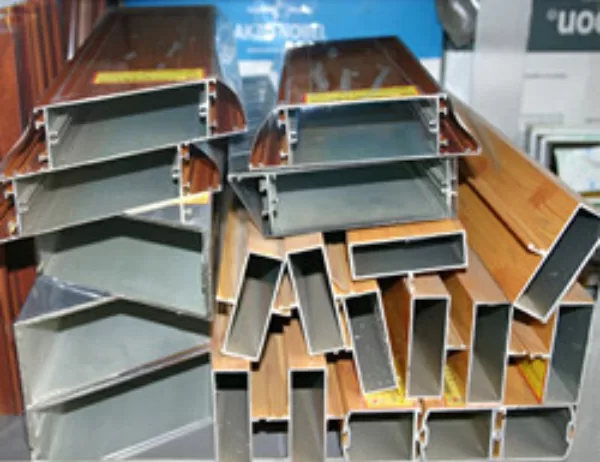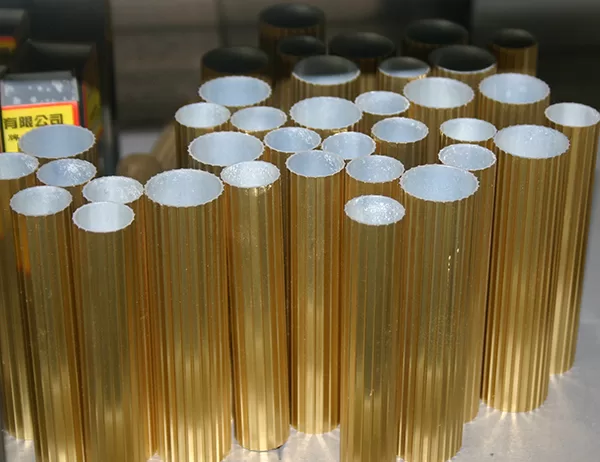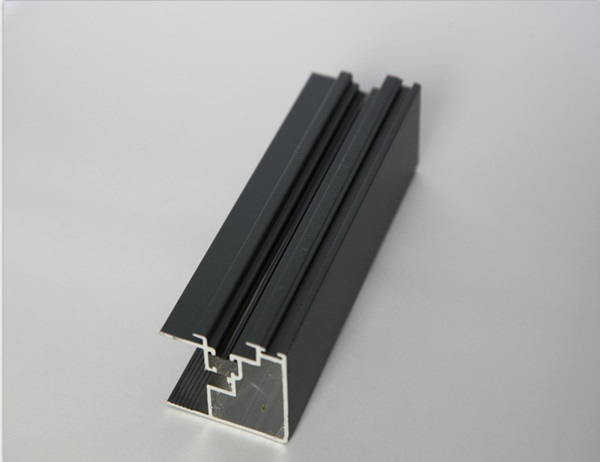Aluminum profiles are widely used in various industrial applications due to their exceptional strength, corrosion resistance, and versatility. These profiles are manufactured through the extrusion process, which involves forcing molten aluminum through a shaped die to create specific shapes and sizes. Here are some of the common types of industrial aluminum profiles and their diverse applications:
Structural Profiles
I-beams, also known as H-beams, are used as load-bearing elements in structures such as bridges, buildings, and industrial equipment. Their I-shaped cross-section provides high strength and rigidity while minimizing material usage.
Angle profiles are L-shaped and widely employed for framing, support, and reinforcement in various structures. They are commonly found in building facades, curtain walls, and machinery frames.
Extrusion Profiles
C-channels have a U-shaped cross-section with one open side and a closed back. They are utilized in framing, tracks, and guides for machinery, conveyors, and other industrial applications.
T-profiles resemble the letter “T” in shape. They are often used as components in furniture, fixtures, and industrial equipment due to their ability to provide support and rigidity while maintaining a lightweight profile.
Decorative Profiles
Round tubes offer a smooth, cylindrical shape and are commonly used for structural support, fluid transport, and aesthetic purposes. They are found in handrails, lighting fixtures, and decorative elements.
Flat bars have a flat, rectangular cross-section and are versatile profiles used in a wide range of applications. They are employed for trim, fascia, and cladding in buildings, as well as for brackets and supports in machinery.
Other Profiles
Weldable profiles are specifically designed to be easily welded together, allowing for the creation of complex structures and assemblies. They are commonly used in shipbuilding, automotive, and aerospace industries.
Insulated profiles are designed with a thermal break, which helps reduce heat transfer between different sections. They are often utilized in window frames, curtain walls, and other applications where thermal insulation is crucial.




